Welcome back, everyone! We have another big week of new products, starting with the RedBoard Turbo. We also have the Qwiic MP3 Trigger, which just graduated up from SparkX, as well as another board to join the LuMini line (this one is an 8x8 LED matrix!). We round out the day with a smart machine vision camera from JeVois.
We felt a little nostalgic this week with our presentation!
If you’re ready to step up your Arduino game from older 8-bit/16MHz microcontrollers, the SparkFun RedBoard Turbo is a formidable alternative. At its heart, the RedBoard Turbo uses the ATSAMD21G18, which is an ARM Cortex M0+, 32-bit microcontroller that can run at up to 48MHz. With an impressive 4MB of external flash memory and a UF2 (USB Flashing Format) bootloader, the RedBoard Turbo provides you with an economical and easy to use development platform with more power than the classic RedBoard.
Sometimes you just to play an MP3, whether it's a theme song as you enter the room or a power song when you're working out. The SparkFun Qwiic MP3 Trigger takes care of all the necessary requirements – all you need to do is send a simple I2C command and listen to whatever is on your micro SD card. Utilizing our handy Qwiic system, no soldering is required to connect it to the rest of your system. However, we still have broken out 0.1"-spaced pins in case you prefer to use a breadboard.
This is the 8x8 SparkFun LuMini LED Matrix, packed with 64 individually addressable LEDs, each capable of producing 16 million colors. It provides you with a great way to add a square of light to just about anything, or even make a screen of a custom shape! LuMini is a miniaturized version of our Lumenati LED line, but instead of utilizing 5mm by 5mm APA102 LEDs (APA102-5050), LuMini uses a 2mm by 2mm package (APA102-2020). This allows for incredibly tight pixel densities, and thus, a screen with less pixelation!
The JeVois Camera is a low cost, all-in-one 1.3MP machine vision camera. With an on-board quad core CPU and MicroSD slot, all computer vision algorithms run on the device itself, and it can interface to computers or other devices, such as Arduinos, via USB or serial connection. At just 1.7 cubic inches and 17g, this sensor is one of the smallest TensorFlow-enabled, deep learning AI, smart cameras on the market today. With the added ability to run most popular machine vision frameworks (Open CV 4.0.0, Caffe, Darknet), you will have plenty of options when it comes to deciding how you want to operate your new camera!
And that's it for this week! Let us know if you liked the video format or whether you prefer the broken up videos instead. As always, we can't wait to see what you make! Shoot us a tweet @sparkfun, or let us know on Instagram or Facebook. We’d love to see what projects you’ve made!
We'll be back next week with even more fantastic new products!
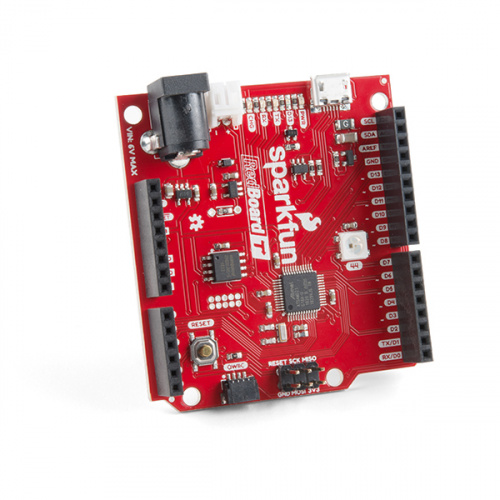
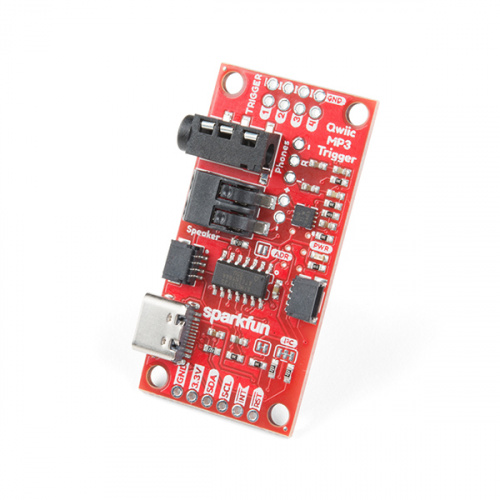
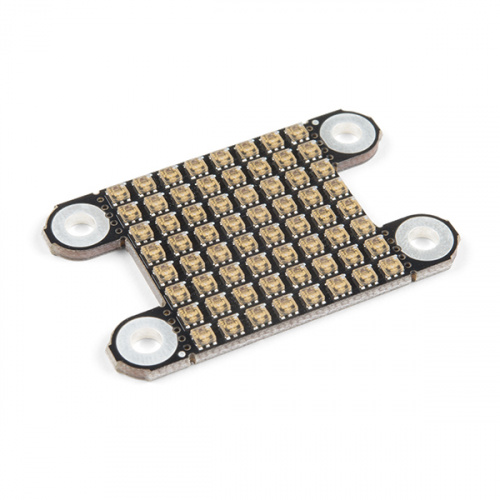
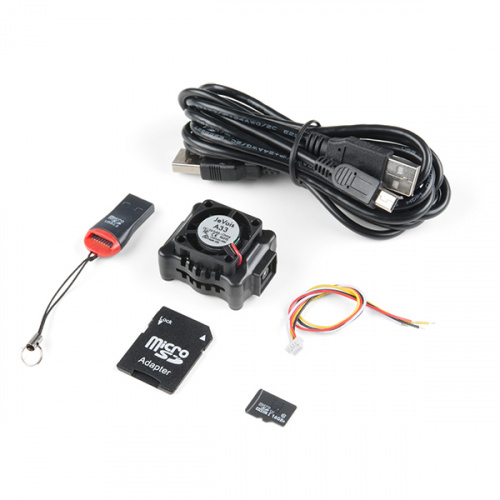
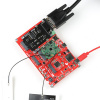






The Red Board Turbo looks like a great step up from the SparkFun SAMD21 Dev Breakout and cheaper! I really liked the Dev version!
Please consider adding the RGB to the "Features" list.
Ask and you shall receive... (well in this case at least,) we added the RGB LED to the features list. Thanks for the heads up on that!
One remark on the RedBoard Turbo - I see it also switches to the PTH version of the JST LiPo connector. In my experience, the SMT version of this connector is much more robust. I'm curious as to the reasoning behind this change.
I got a bit excited when I saw "RTC crystal" in the RedBoard Turbo description, and investigated further. When I downloaded the Datasheet for the SAM D21 and saw the Microchip logo, I got even more excited, as I've fondly used the RTCC built into PICs. (I'd somehow missed that Microchip bought Atmel.). However, getting down into it, it's a "Real Time Counter", with a clock calendar mode -- it lacks one KEY feature, namely, the ability to run off a separate power source (pronounced "coin battery" or super-capacitor), even when the rest of the device is completely powered down. It's not SparkFun's fault, but it's still frustrating. Oh well...
We do offer an RTC that we sell separately, that can be used with the Qwiic connector system that might be useful for you. Check it out here!
We can always add bags onto the side...
BTW, the SparkFun computers are showing me (a) that I last ordered the RTC on July 23, 2018, (b) they're on "back-order", and ( c) there's no estimate of when they'll be available again. Seems to me, that makes that solution a non-starter, at least for the moment.
The Teensy 3.5 has the RTC built in (although it takes a little bit of doing to connect the coin cell), as I type this it's showing "in stock" and has a built-in uSD slot. Admittedly it's not directly compatible with standard "shields" (and lacks a Qwiic connector -- partly because it pre-dates the Qwiic system), but it DOES demonstrate that a chip with a built-in RTC can be used in an Arduino-compatible board.
An Arduino based on a SAMD21 is a nice idea, but I think your product description should emphasize that this is a 3.3 volt board, not a 5 volt board like the original redboard. I ran into other differences with your original SAMD21 board, such as libraries that won’t work because of the differences in the processors. And EEPROM contents (flash emulated) were erased each time you flashed the board. Does the newer boot loader improve any of these differences?
I have a request in for a description change to highlight that it is a 3.3V board and not a 5V board. Unfortunately, I didn't work on the board and I'm not familiar with the new bootloader, so I can't answer your other questions.